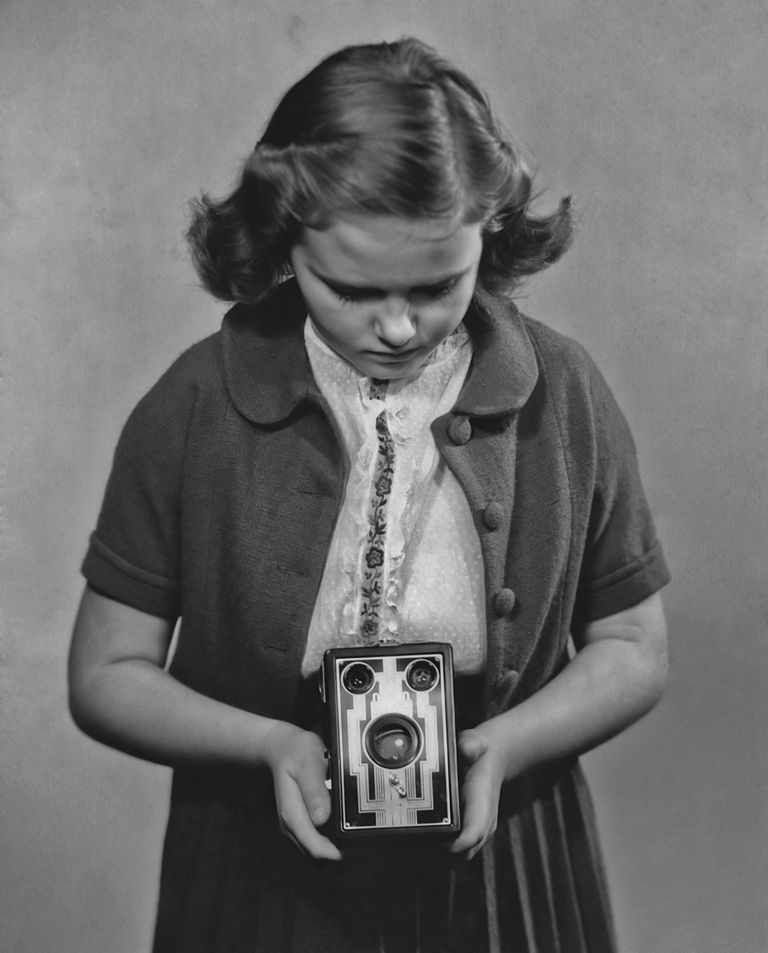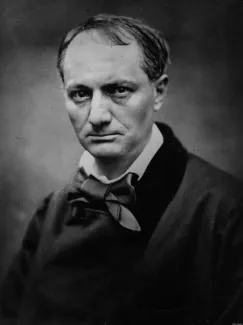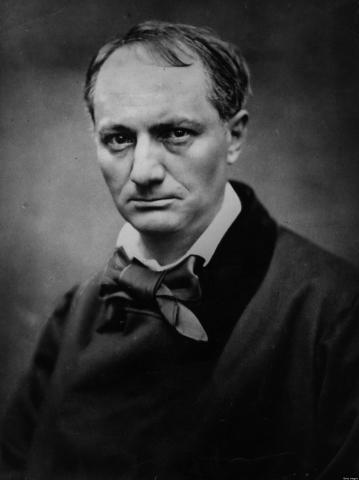note: I have to update the translation, this comes straight from bing translator, please be patient, no don’t go mad, there’s plenty to read on the internet!
Photography, like all techniques, has undergone countless innovations and changes over the years.
Usually, when it comes to innovation, we talk about advantages from the point of view of usability and quality.
With photography, the most obvious evolutionary advantages of the last 70-80 years have certainly been in terms of ergonomics, portability and ease of sharing of the visual material produced.
Less, In terms of quality.
But let’s go point by point:
Photography, like all artistic disciplines, is aimed at various types of audiences: mainly the amateur, a public of “professionals” (understood as pragmatic, better results with less effort: The result is the one that counts) the “artists” (understood as an aesthetic in continuous research) and the Professionals “contemplative”: Who for the niche market that serves, seeks the absolute quality, does not mind particularly at the time and does not need portability).
The industry is aimed at large numbers and those who have money to spend, so mainly the amateur market and the “professional” one.
For amateur market, I mean the market consisting of those who use the camera mainly to record memories of his life, of his family, in the easiest possible way.

Moving from the camera boxes, to the first analog compacts, to the mini cartridge rolls, it can be said that the market is currently dominated by smartphones, with which:
- We can call (and we must have them with us to be always available)
- We can take pictures
- We can add many effects
- We can immediately share with the world our shots and have so many “likes”
This is the market that has always made the ease of use and compactness its strong point.
Among the professionals, instead, all those who need to document, illustrate an event or a product, with a good image quality, in the shortest time possible and with the certainty of not making mistakes.
I’m talking about journalists, event photographers, advertisers.
In this case the speech becomes more complex: on the one hand there was, as in the amateur market, a research towards compactness and ergonomics, on the other one on the adaptability and versatility of the photographic apparatus.
For example, an American journalist, until the 1950s, almost certainly took a “speed Graflex”, a rangefinder camera and interchangeable optics that impressed a negative of 4×5 inches (10 for 12.5 centimeters).
Tended, with an extended depth of field, so as to focus a bit ‘ everything, and with a flash definitely fired, in order to use a rather closed diagram.
Mostly, why the size 4×5 was the size of the photos of the newspapers, which could in this way be printed “to contact”.
With the improvement of the quality of the films and the enlargers, this format has obviously fallen more and more of interest for this kind of professionals, that have turned their attention to more compact devices, usually reflex or rangefinder to interchangeable optics able to get roughly the same results for the desired result (the images of a newspaper) , in the face of: a lesser weight, greater shooting autonomy, easy transport and sharing of the product material, costs and availability of the film.

We think of the legendary format 35 Millimentri (that of the “classic” film, or the digital “full frame”-just 24 millimeters high). It is certainly not the first film format introduced, but it is what in the history of photography has been more successful.
Because? Basically because it is small, handy, and in each roll they are comfortably up to 36 shots.
In the pocket or in the backpack you had space for countless rolls: Somehow, even guessing a shot on ten, the event or the character could be said “captured”.
The 35mm film was used in cinema: every year, thousands of kilometers of 35mm film were produced by industry, and its availability was assured.
For applications where image quality was more important, like photo for magazines, advertising, and sometimes events like weddings, went instead for the greater the medium format: a film of 60 millimeters of height (versus 24 of 35mm format), which allows you to capture much less images than the 35mm format, but offering a significantly higher quality : Taking the classic format “square”, type “Hasselblad”, to understand, we talk about 60x60mm or 3600mm Quadri against the 24×35 or 840mm Quadri, ie more than the quadruple of the format 35mm.
The evolution of the most current market in this field consists of modern digital SLRs and mirrorless. The mirrorless, will be in my opinion to replace the DSLR completely, since the speed of the reaction times of the digital viewer are approaching more and more to the optical ones provided by the mirror of the reflex.
The film in this field of application has been surpassed by digital, both in terms of quality and ergonomics.
The action photographer can capture endless shots in quick sequence, choose the most appropriate lenses, and send them to his publisher directly from the place.
A 35 film of the best quality, using an excellent shooting optics, can at best approach about 19 mega pixels, resolution decidedly surpassed by a quality digital camera.
With regard to the medium format “analog”, it still surpasses in terms of quality most digital machines. If you have a discrete budget, you can buy a medium format digital, which is certainly closer to the aesthetics of the medium format, without yet having reached the dimensions in terms of sensor (at the present time we talk of 48 mm × 36 mm, about double the 35mm).
In terms of portability, the advantage descends, especially in the face of a mirrorless.
Shifting attention to the latest sector, that is, the artists, the experimenters, and the “contemplative” professionals, the industry has evolved, but it has done with considerably slower times, and bringing innovations perhaps very refined but less tangible than those addressed to other sectors.
The absolute reference term in qualitative terms is still the film, from the medium formed up.
Not only for the resolution, but also and especially for the depth of field and the artistic isolation of the subject that a larger film is able to impress.
The optical bench, with its movements and selective focus is still the best tool in qualitative terms to make a portrait in the studio or reproduce an object of art and to create very large prints.
A good medium format device is still perfect for a beautiful outdoor portrait.
Even the “small” 35 mm still offers a lot.
Although passed in “Resolution” by the film, with its grain and natural tones it presents itself in some way “magical and nostalgic” and is still much appreciated by enthusiasts, lomographers and hipsters of all ages (me included), although now its characteristic traits can be easily recreated with some Photoshop filter or even Instagram, if you know what you do.
Photo on the cover page: Portrait of Charles Baudelaire (1821-1867), French poet and critic.

